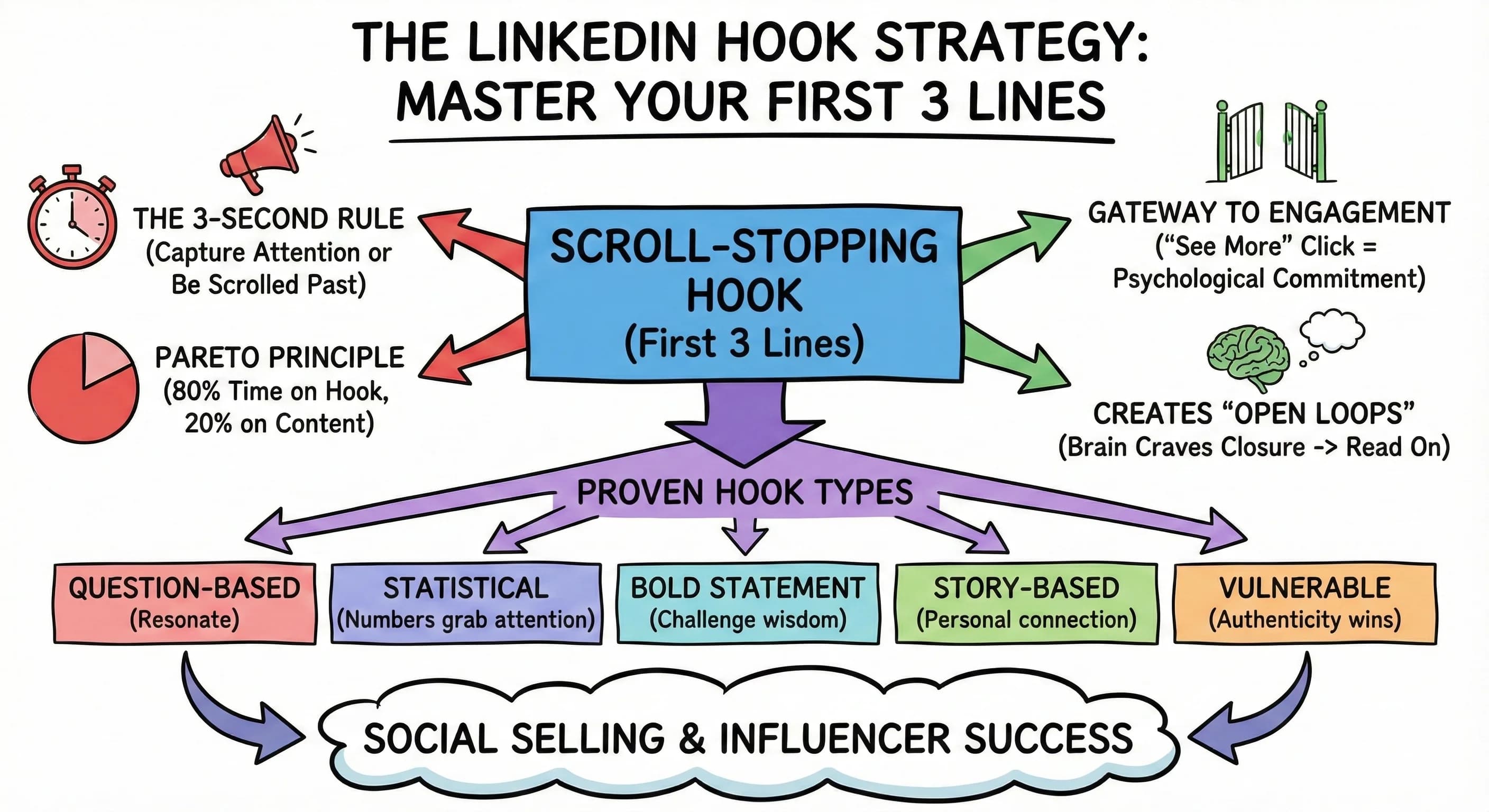The LinkedIn Hook Strategy: Master Your First Three Lines to Stop the Scroll
Discover the LinkedIn hook techniques content creators use to capture attention in 3 seconds. Transform your first lines into scroll-stopping engagement magnets.
•5 min read
Details
Topic:
Platforms:

Loading content...

